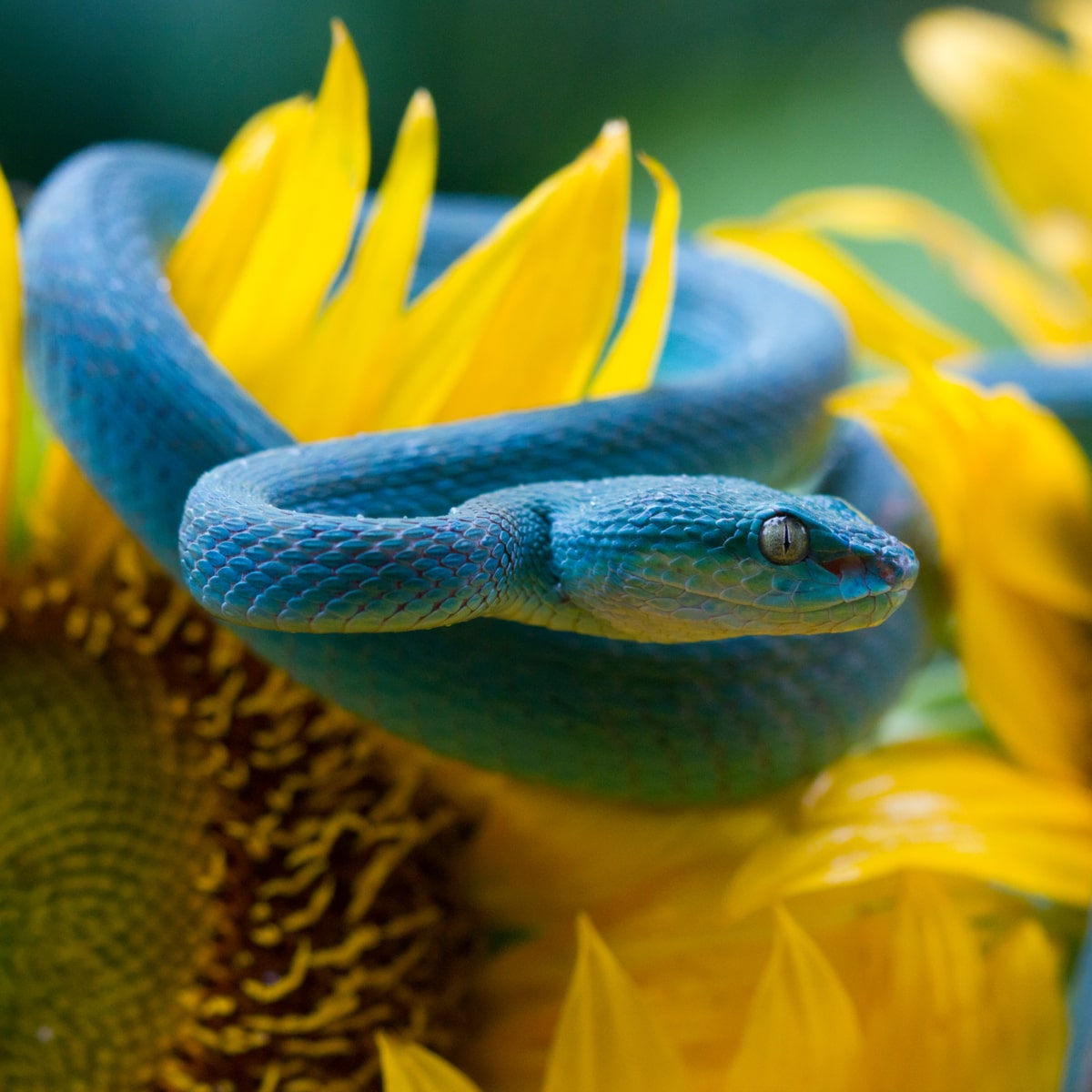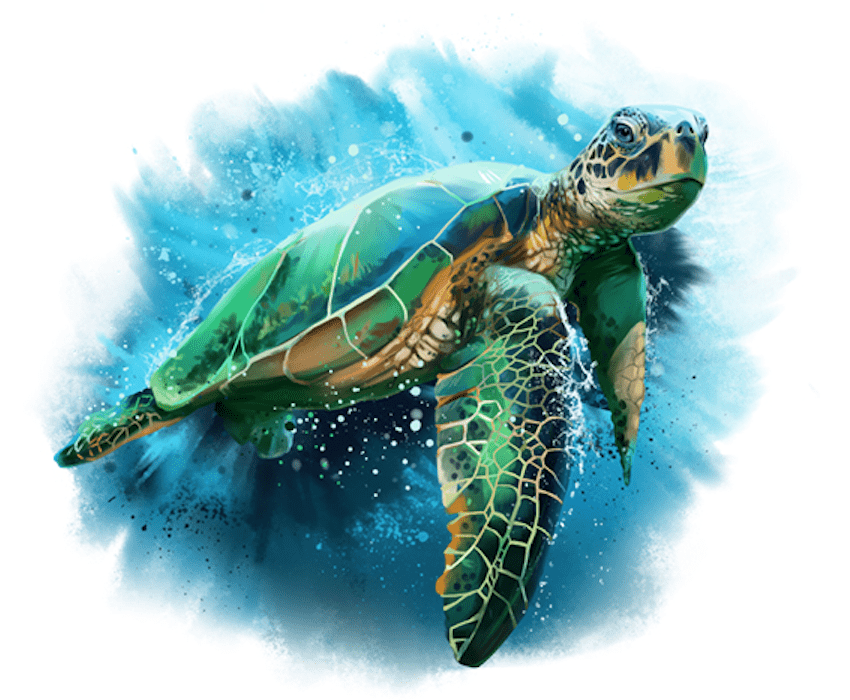
ANIMALS
Reptile
Reptiles, as most commonly defined, are the animals in the class Reptilia (/rɛpˈtɪliə/), a paraphyletic grouping comprising all sauropsid amniotes except Aves (birds).[1] Living reptiles comprise turtles, crocodilians, squamates (lizards and snakes) and rhynchocephalians (tuatara).
In the traditional Linnaean classification system, birds are considered a separate class to reptiles. However, crocodilians are more closely related to birds than they are to other living reptiles, and so modern cladistic classification systems include birds within Reptilia, redefining the term as a clade. Other cladistic definitions abandon the term reptile altogether in favor of the clade Sauropsida, which refers to all animals more closely related to modern reptiles than to mammals. The study of the traditional reptile orders, historically combined with that of modern amphibians, is called herpetology.
The study of all reptiles (including birds) combines herpetology (when excluding amphibians) and ornithology.
The earliest known proto-reptiles originated around 312 million years ago during the Carboniferous period, having evolved from advanced reptiliomorph tetrapods which became increasingly adapted to life on dry land. The earliest known eureptile ("true reptile") was Hylonomus, a small and superficially lizard-like animal. Genetic and fossil data argues that the two largest lineages of reptiles, Archosauromorpha (crocodilians, birds and kin) and Lepidosauromorpha (lizards and kin), diverged near the end of the Permian period.
[2] In addition to the living reptiles, there are many diverse groups that are now extinct, in some cases due to mass extinction events. In particular, the Cretaceous–Paleogene extinction event wiped out the pterosaurs, plesiosaurs, and all non-avian dinosaurs alongside many species of crocodyliforms, and squamates (e.g., mosasaurs). Modern non-bird reptiles inhabit all the continents except Antarctica.
| scientific Classification | |
|---|---|
| Kingdom : | Animalia |
| Phyium : | Chordata |
| Class : | Amphibia |
| Clade : | batrachomorpha |

Chameleons (family Chamaeleonidae) are a distinctive and
highly specialized clade of old world lizard .

Turtles are an order of reptiles known as Testudines,
characterized by a shell developed mainly from their ribs.

snaks are elongated, limbless,carnivorous reptiles of the suborder serpentes like all other squamates,snakes are etothermic ectothermic.
>Turtle
What about turtle
Turtles are reptiles with hard shells that protect them from predators.
They are among the oldest and most primitive groups of reptiles, having evolved millions of years ago.
Turtles live all over the world in almost every type of climate. According to the Integrated Taxonomic Information System (ITIS),
the turtle order, Testudines (or Chelonia), splits into two suborders, Cryptodira and Pleurodira,
and then further splits into 13 families, 75 genera and more than 300 species.

turtle has a prominent position as a symbol of important concepts in religion, mythology, and folklore from around the world, including steadfastness and tranquility.[6] A tortoise's longevity is suggested by its long lifespan and its shell, which to some symbolizes protection from any foe.[2] In the cosmological myths of several cultures a World Turtle carries the world upon its back or supports the heavens.[5] The myth of a World Tortoise, along with that of a world-bearing elephant, was discussed comparatively by Edward Burnett Tylor (1878:341). Around the world the tortoise and or turtle can be seen as a symbol of wisdom and knowledge, and is able to defend itself on its own. It can be regarded as personifying water, the moon, the Earth, time, immortality, and fertility. Human figure squatting on a turtle, Africa, 19th century Turtles were presented in rock art.[7] The psychoanalyst Carl Gustav Jung interpreted the turtle as the primordial chaos, the alchemical massa confusa, noting that the Hindi Trimurti has a turtle at the bottom, from which everything else grows through transformation.[8][9]
Chameleon
Skin of many colors
Changing skin color is an important part of communication among chameleons. According to the San Diego Zoo,
a chameleon's skin changes colors in response to its emotions
, such as anger or fear, changes in light, temperature or humidity.
The brighter the color, the more dominant the male is, and the more attractive he is to females
. A submissive male is usually brown or gray. Females use their colors to accept or reject a suitor, and their color can also indicate that she is .
A new study has found that chameleons can rapidly change color by adjusting special cells, called iridophore cells, in each layer.
The chameleons can change the structural arrangement of the upper cell layer by relaxing or exciting the skin,
which leads to a change in color, researchers found. [Photos: How Chameleons Change Color]
Habitat
Chameleons live in Madagascar, Africa, Spain, Portugal and Asia in rain forests, savannas, semi-deserts and steppes, according to the San Diego Zoo. They typically stay in trees or bushes, though some species do live on the ground.
For example, the horned leaf chameleon lives in dead leaves on forest floors according to the National Wildlife Federation. [Photos: 11 Colorful Chameleons of Madagascar]
Habits
Most chameleons have a prehensile tail that they use to wrap around tree branches. Their hands and feet have large toes that help them cling to branches.
Besides changing skin color, chameleons have another feature that no other animals have.
Their eyes can move independently of each other, enabling them to look in two different directions at once. Chameleons have a full 360-degree view and can focus their eyes quickly and enlarge what they are looking at like a camera lens.
Chameleons are loners. In fact, most of the time females don't want males to even come near them. During the rare moments when the female is willing to be touched,
the male will approach for mating. A brighter colored male chameleon is more likely to convince a female to mate than a duller colored male.
Classification/taxonomy
- Kingdom: Animalia
- Subkingdom: Bilateria
- Infrakingdom: Deuterostomia
- Phylum: Chordata
- Subphylum: Vertebrata
- Infraphylum: Gnathostomata
- Superclass: Tetrapoda
- Class:Reptilia
- Order: Squamata
- Suborder :Lguania
- Family:Chamaeleonidae
- Genera & species: Within the two subfamilies are nine genera and 171 species. A few examples — Calumma parsonii (Parson’s chameleon), Furcifer oustaleti (Oustalet's chameleon), Brookesia minima (pygmy leaf chameleon), Chameleo jacksonii (Jackson’s chameleon)